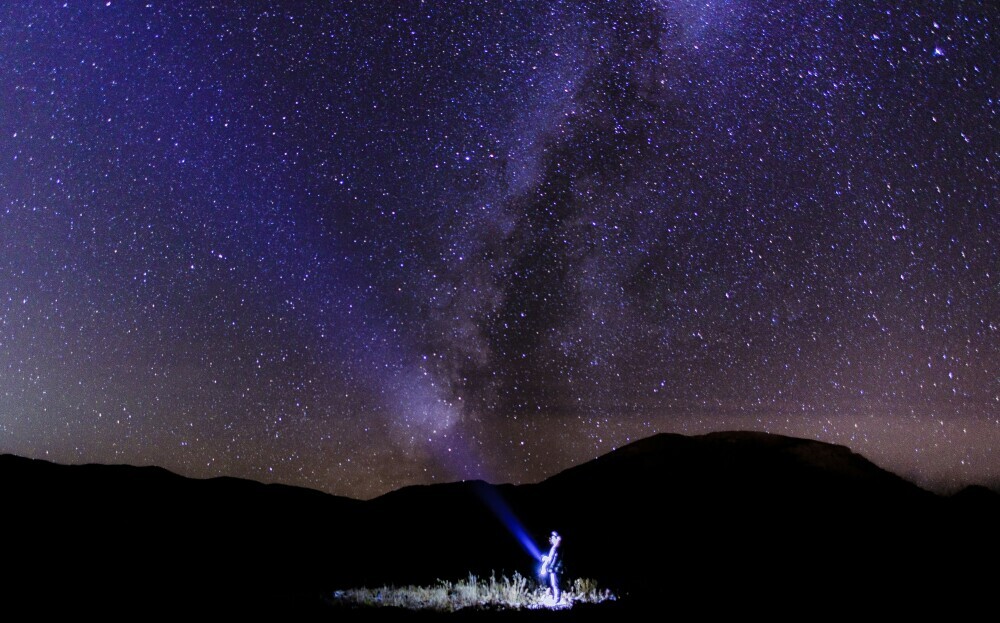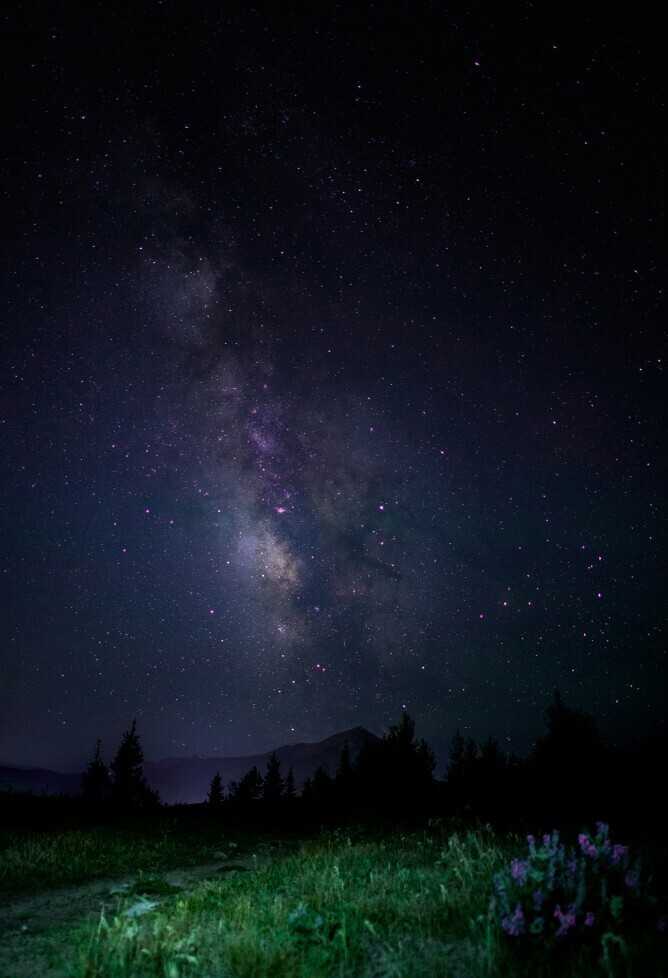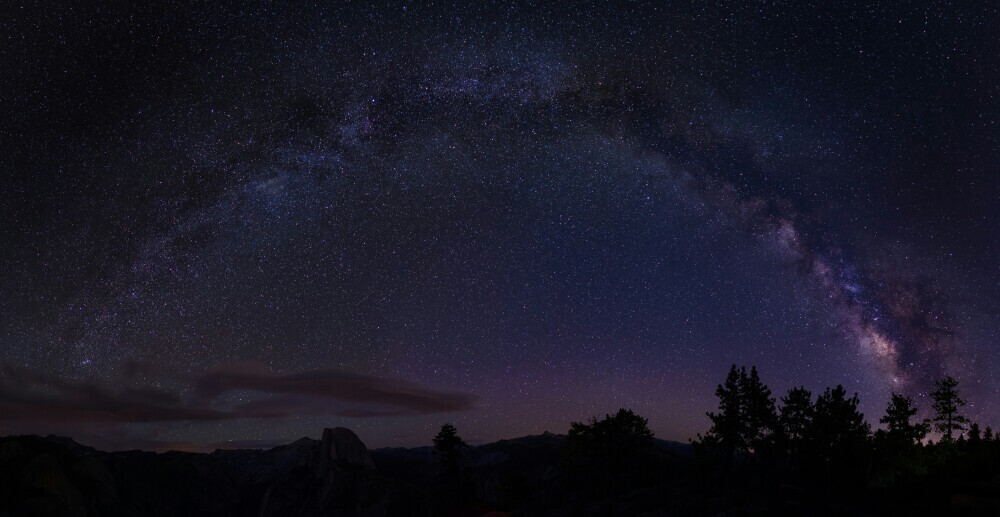 Nathan Anderson (2016) Silverthorne, USA [Photograph] Unsplash
Nathan Anderson (2016) Silverthorne, USA [Photograph] Unsplash
Stargazing is like taking a night sky tour, and nothing brings those distant celestial wonders closer than the best binoculars. Whether you’re a seasoned astronomer or just discovering the magic above, choosing the suitable binoculars can transform your experience, allowing you to see stars, planets, and more with stunning clarity.
Binoculars play a crucial role in making your night sky tours more engaging. They offer an easy-to-use and accessible option for bringing the mysteries of the universe to life right from your backyard or on a mountaintop away from city lights. Telescopes might be more known for star watching, but binoculars are simple and can’t be beaten. I find them lighter, more portable, and beginner-friendly, making them a favorite for many enthusiasts.
Using binoculars for stargazing means you’ll want one with suitable optics that balance magnification and field of view. The world of stars is vast, and the thrill is in navigating it smoothly. Plus, specific binoculars can help enhance visibility in low-light conditions, making them a game-changer for night sky viewing. It’s all about choosing the right tool to enrich your cosmic exploration.
When selecting binoculars, comfort is vital. On those nights when the universe seems endless, a good grip and comfortable eyecups can make all the difference. You don’t want the equipment to keep you from enjoying hours of uninterrupted gazing. That balance of function and comfort defines the best stargazing tools.
In upcoming sections, I’ll explain what features to look for, recommend some top picks, and share how to use them effectively. I’ll make sure you’re well-prepared to embark on this celestial adventure.
Key Features to Look for in Stargazing Binoculars
 Nathan Anderson (2017) Silverthorne, USA [Photograph] Unsplash
Nathan Anderson (2017) Silverthorne, USA [Photograph] Unsplash
Choosing binoculars for stargazing is more than just picking up anything from the shelf. You’ll want to focus on specific features that make a huge difference when you’re under the stars. Let’s investigate what matters.
Optics and magnification are crucial. You might think bigger is better, but it’s all about balance. Binoculars with magnifications like 7x or 10x are generally ideal for stargazing. This provides a sweet spot between powerful zoom and a stable image.
The field of view is another important factor. A wide field of view can be your best ally when searching for constellations or tracking a planet’s movement across the sky. It lets you keep more of the night sky in sight without missing a thing.
Durability is essential, especially if you’re traveling to ideal stargazing locations. Look for rugged, weather-resistant binoculars that endure the elements while delivering perfect starry views.
Comfort shouldn’t be overlooked. Consider the weight and how they feel in your hands. Models with adjustable eyecups and a good grip offer added comfort, especially during long viewing nights.
Remember about extras like tripod compatibility and lens coatings, which can enhance your viewing experience. The right accessories can make a real difference, ensuring your stargazing sessions are as enjoyable as possible.
Focusing on these features will help you find binoculars that fit your needs and enhance your overall night viewing experience. Each component plays a role in delivering the best view of the stars above.
Top Recommendations for Best Binoculars for Night Sky Viewing
 Nathan Anderson (2017) Silverthorne, USA [Photograph] Unsplash
Nathan Anderson (2017) Silverthorne, USA [Photograph] Unsplash
Choosing binoculars can feel overwhelming with so many options, but I’ve made a few top recommendations to make your decision easier. These binoculars are favored by both beginners and experts for their superior performance and value in night sky viewing.
The first on the list is the Celestron Skymaster 25×70. This one is a powerhouse for stargazing. High magnification and large objective lenses deliver bright, clear images even in low-light conditions. It’s perfect for picking out details on planets or distant star clusters.
Another favorite is the Nikon 10×50 Action Extreme. Known for its durability, this model offers a wide field of view without sacrificing image quality. It’s also waterproof and fog-proof, making it ideal for those rugged nights when the weather doesn’t reasonably cooperate.
If you’re looking for something more portable, the Orion 2×54 Ultra Widefield Binoculars are an excellent choice. Though the magnification is lower, the vast field of view means you can easily take in vast celestial landscapes. These are great for casual, sweeping views of the Milky Way or meteor showers.
Each model is highly rated for its ease of use and ability to make night sky tours spectacular. Customer reviews often praise its clarity, comfort, and overall performance, ensuring an unforgettable experience under the stars.
By investing in quality binoculars like these, you’re guaranteed to enhance your sky adventure every night. Exploring the universe will be not only more accessible but ultimately more rewarding.
How to Use Binoculars Effectively on a Night Sky Tour
 Rodrigo Soares (2017) California, USA [Photograph] Unsplash
Rodrigo Soares (2017) California, USA [Photograph] Unsplash
Getting the most out of your binoculars requires some practice and prep. A few tips can help transform your night sky tour into an unforgettable experience.
Start by setting up a location with minimal light pollution. The darker your surroundings are, the more precise the stars will appear. Urban environments can wash out faint stars, so escape to a more remote spot.
Once settled, consider mounting your binoculars on a tripod. This will help keep them steady, which is crucial when zooming in on specific celestial objects. A shaky view can make even the brightest star hard to focus.
Speaking of focus, take your time adjusting it. Start with the center focus, then fine-tune the diopter adjustment to match your vision. This ensures both eyes are seeing a clear, crisp image.
It’s also helpful to manage your expectations and gradually learn to find popular night sky features. Please start with the moon or more giant planets like Jupiter or Saturn, as they are easier to spot. As you become familiar with the skies, you can take on more challenging targets like Nebulae or star clusters.
Becoming proficient with binoculars takes patience, but once you’re comfortable, the universe opens in ways you hadn’t imagined. Each night offers a new chance to perfect your technique while falling in love with the night sky again.
Conclusion: Choosing the Right Stargazing Equipment
 Sam Goodgame (2017) Glacier Point, Yosemite Valley, USA [Photograph] Unsplash
Sam Goodgame (2017) Glacier Point, Yosemite Valley, USA [Photograph] Unsplash
Selecting suitable binoculars is critical in making your stargazing journey truly enjoyable. The night sky is vast and beautiful, and having reliable tools can turn your exploration into a rewarding experience every time you step outside.
As discussed, focusing on key features like magnification, field of view, and comfort ensures you pick a pair of binoculars that best suit your needs and preferences. Whether exploring constellations or observing the moon’s craters, the right choice will make those midnight adventures much richer.
The recommendations, such as the Celestron Skymaster or Nikon 10×50, are tried and tested favorites catering to various levels of stargazing enthusiasm. They are praised for their stability and clarity, essential for enjoying the celestial sights above.
Remember that effective use of your binoculars depends on the features and where and how you use them. A little practice and patience can maximize your viewing experience, bringing the universe’s wonders to your eyes.
Stargazing is a timeless hobby that offers a calming escape from the hustle of daily life. Equipping yourself with suitable binoculars and techniques will help you find inspiration and serenity in the starry night skies. Enjoy your journey!
